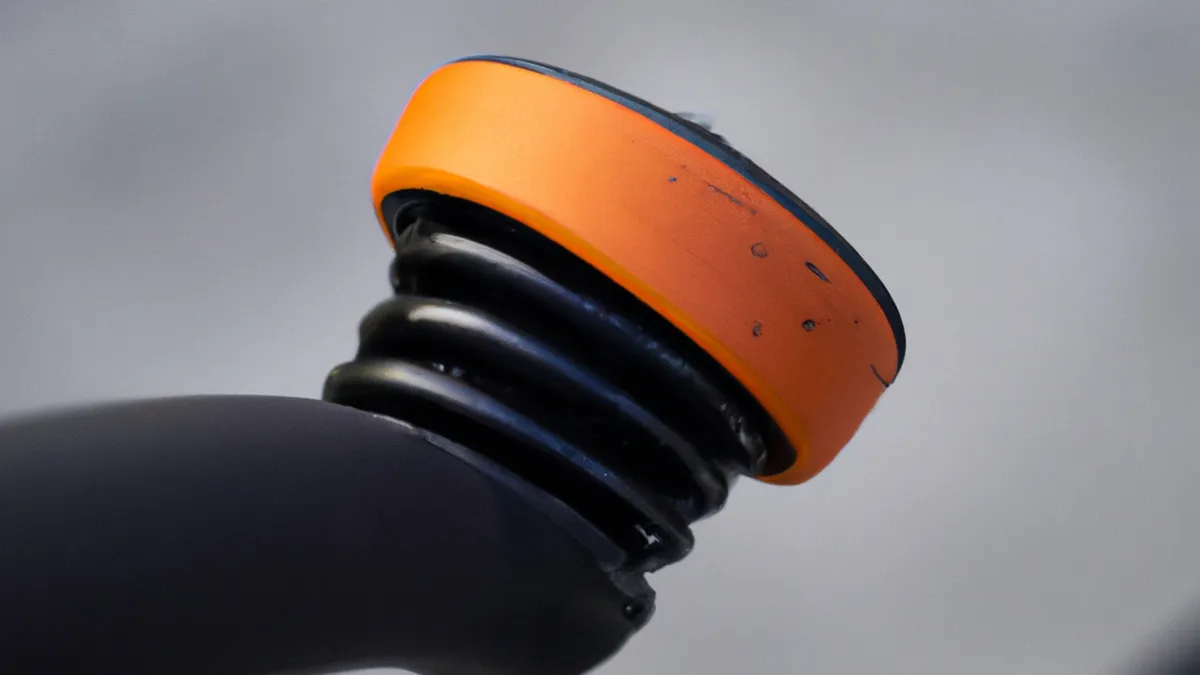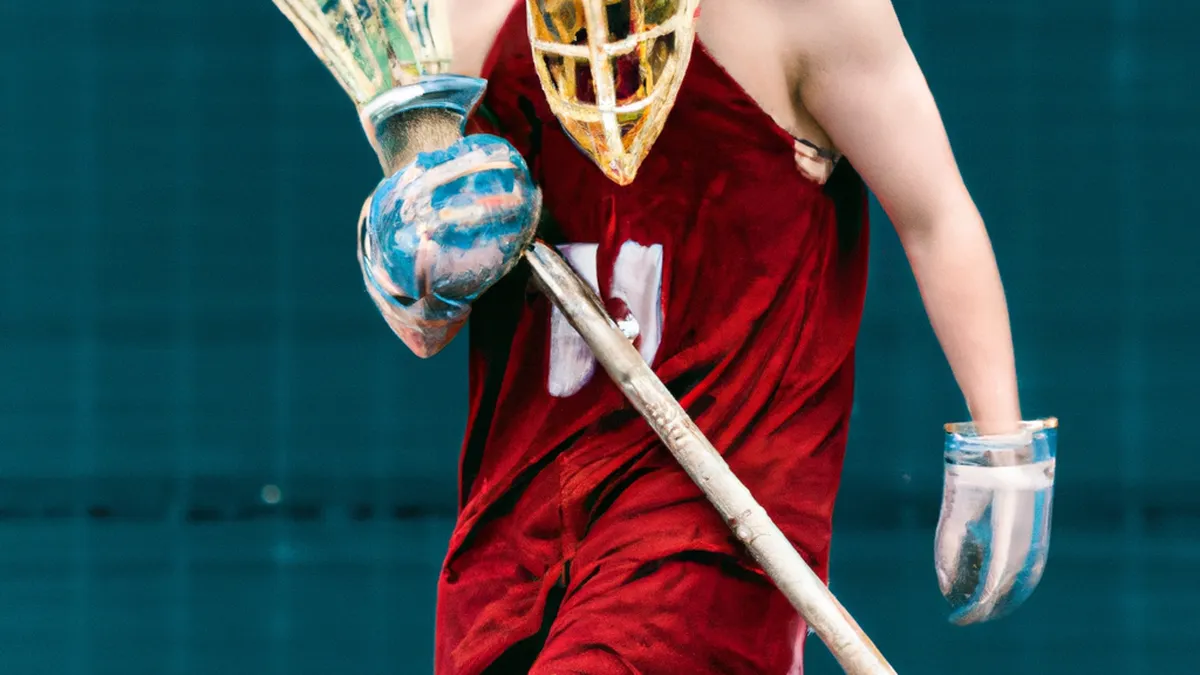PNF Stretching: A Path to Athletic Victory
Evaluating the Connection Between PNF Stretching and Athletic Success
Athletes constantly seek methods to improve performance, enhance flexibility, and prevent injuries. Proprioceptive Neuromuscular Facilitation (PNF) stretching has gained significant attention recently. This innovative technique combines stretching and contracting muscles systematically. Many claim it enhances flexibility and athletic performance. But how true is this claim? Let’s explore PNF stretching’s connection to athletic success, its mechanisms, benefits, and effectiveness.
What is PNF Stretching?
PNF stretching originated in the 1960s as a rehabilitation technique. It helps patients recover from injuries. This method involves a partner assisting another individual to stretch a muscle to its limit. The process includes contracting the same muscle against resistance. Partners repeat this cycle several times to achieve greater flexibility and range of motion.
How PNF Works
PNF stretching operates through the interaction between muscles and the nervous system. Athletes perform both passive and active stretching during PNF. A partner initially assists the athlete in achieving a deep stretch. Then, the athlete contracts the muscle against the partner’s resistance. This process stimulates the muscle’s proprioceptors—sensory receptors providing feedback about body position. When the muscle contracts, proprioceptors signal the nervous system to inhibit the contraction reflex, allowing relaxation and further elongation during the next stretch.
This technique effectively targets the neuromuscular system. By activating and relaxing the muscle, PNF stretching improves overall flexibility, enabling athletes to achieve deeper stretches than traditional methods.
Tips for Effective PNF Stretching
To maximize PNF stretching benefits, consider these tips:
1. **Warm Up First**: Warm up your muscles before stretching. Light aerobic exercises like jogging or cycling for 5-10 minutes increase blood flow.
2. **Partner Up**: Find a knowledgeable partner. Good communication during PNF stretching helps avoid injury.
3. **Focus on Breathing**: Deep, controlled breathing relaxes your muscles during stretching. Inhale deeply before stretching and exhale while contracting.
4. **Hold Each Stretch**: Hold each stretch for 20-30 seconds. This duration allows muscles to adapt and lengthen effectively.
5. **Be Consistent**: Incorporate PNF stretching into your regular training routine. Consistency helps achieve lasting results.
Conclusion
PNF stretching significantly enhances flexibility and athletic performance. By understanding its mechanisms and applying effective techniques, athletes can maximize their success.
Below are related products based on this post:
FAQ
What are the primary benefits of PNF stretching for athletes?
PNF stretching enhances flexibility and athletic performance by improving the range of motion through a systematic combination of stretching and muscle contraction. This technique allows athletes to achieve deeper stretches than traditional methods, which can lead to better overall performance and injury prevention.
How does PNF stretching differ from traditional stretching methods?
Unlike traditional stretching, which primarily focuses on passive elongation of muscles, PNF stretching involves both active and passive components. It includes contracting the muscle against resistance, which stimulates proprioceptors and promotes greater flexibility and relaxation during subsequent stretches.
What tips should be followed to ensure effective PNF stretching?
To maximize the benefits of PNF stretching, athletes should warm up their muscles, partner up with someone knowledgeable for assistance, focus on controlled breathing, hold each stretch for 20-30 seconds, and incorporate PNF stretching consistently into their training routines.















Post Comment